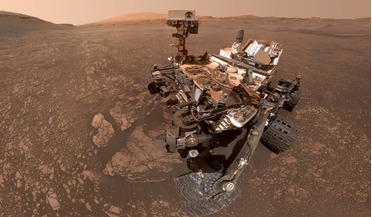 13 November 2019
Curiosity uncovers oxygen mystery on Mars
13 November 2019
Curiosity uncovers oxygen mystery on Mars
... – SAM has deducted that Mar’s atmosphere is composed of: 95% by volume of carbon dioxide (CO2), 2.6% molecular nitrogen (N2), 1.9% argon (Ar), 0.16% molecular oxygen (O2), and 0.06% carbon monoxide (CO). SAM’s analysis also reveals how this thin and...
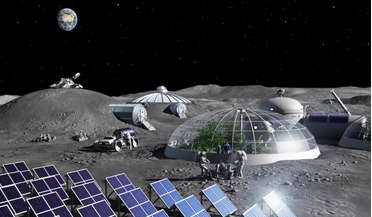 20 January 2020
ESA facility begins producing oxygen out of simulated moon dust
20 January 2020
ESA facility begins producing oxygen out of simulated moon dust
...generates no toxic by-products. “At Metalysis, oxygen produced by the process is an unwanted by-product and is instead released as carbon dioxide and carbon monoxide, which means the reactors are not designed to withstand oxygen gas itself,” explains...
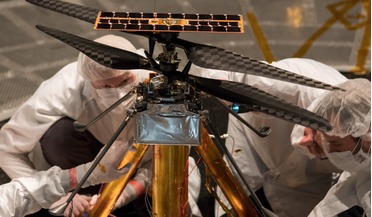 29 March 2019
NASA's Mars helicopter completes flight tests
29 March 2019
NASA's Mars helicopter completes flight tests
... mammoth cylinder. In their place the team injected carbon dioxide, the chief ingredient of Mars' atmosphere. "Getting... 2 inches (5 centimeters), more than 1,500 individual pieces of carbon fiber, flight-grade aluminum, silicon, copper, foil and foam ...
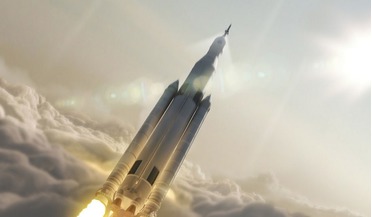 October 2015
Earth independence: new definitions of home on Mars missions and beyond
October 2015
Earth independence: new definitions of home on Mars missions and beyond
... Mars 2020 rover, which will carry an experiment to investigate the technology needed to extract oxygen from the carbon dioxide rich atmosphere of Mars. They will need tools to conduct scientific research. And, of course, they’ll need a launch...
 March 2016
Why We Need Space Artists
March 2016
Why We Need Space Artists
..., cloudy atmosphere which obscures its surface, so it could once be depicted with oceans of soda-water (because of the carbon dioxide in its atmosphere) or even with lush prehistoric jungles; or perhaps it was a wind-blown dust-desert, with rocks...
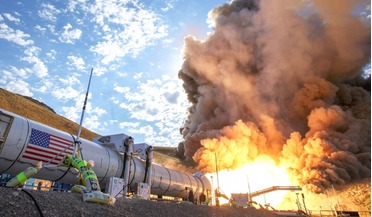 November 2016
Moon or Mars - NASA’s next logical step?
November 2016
Moon or Mars - NASA’s next logical step?
... about 38 per cent of Earth’s gravity, which is better physiologically for humans than the Moon. It has an atmosphere of carbon dioxide and a more Earth-equivalent day and night cycle (a Martian day is 24 hours and 39 minutes). Daytime temperatures...